Is There More Than One Way To See?
How changing your angle changes what you see — in photography and in life.
Writing is here to make you see it — my angle.
Photography is here to make you see it — my angle.
Whether you see it or not, you have it — your angle.
Now I invite you to see mine.
My Angle
It was a Saturday evening many years ago. I was playing drums in a band, helping the rest of the group set up equipment for a gig in a local club. Drums were my instrument, my passion, my form of expression. Even though I was already quite gifted with rhythm, the fact was that I was still a “fresh” player — just a year or two into serious music-making. Aware of both my talent and my limitations, I knew that a trained ear could notice technical flaws in my playing.
So I wasn’t surprised when I heard the club owner, who had attended our soundcheck, say that I was slow. “Slow?” I thought. Of course — in playing, in transitions, in tempo. What else could he mean?
It wasn’t pleasant to hear. It stung. It confirmed what I already believed about myself, what I carried deep down — that I wasn’t fast enough, that maybe I wasn’t as good as I wished to be. That sentence echoed in my mind the whole evening, until I found out that the “slowness” wasn’t referring to my playing at all. The owner meant — literally — that I was slow at setting up the drums. Nothing more.
That moment taught me something: I hadn’t heard him — I had heard myself. My fear. My insecurity. That’s what we call projection — when we paste our own shadows onto the world and see it as a mirror.
Meeting an “Old Man“
It wasn’t the first time I found myself in such a situation. Over time, I began to notice how often we shape the world around us through the lens of our expectations. But instead of just stopping there, I decided to explore that idea — through photography.
It sounds simple, but it’s also profound — I imagined a photographic experiment to capture the essence of perception.
I photographed an oak tree approximately 600 years old, the oldest inhabitant of Maksimir Park in Zagreb. This tree has existed here and witnessed changes since before Columbus “discovered” America in 1492 (in fact, Amerigo Vespucci discovered it earlier, but didn’t realize it was a new continent).
This oak, inspired by its own longevity, was named “Dedek” (Old Man). Its trunk was massive, with twisted branches jutting out, and scars of time visible everywhere.
Although I tried to meet certain aesthetic criteria when photographing Dedek, what mattered far more to me was — the point of view.
When the Frame Shifts
From the next viewpoint, you can see a strong and large trunk dominating the frame, and thus the viewer’s impression. You also see that Dedek shares the meadow with another light-colored tree, separated by a white path.
But when I shift a little to the side and change the angle, everything changes. Now the oak looms over a wooden bench and a vintage lamp, while the white tree disappears from the frame.
Then I decided to get even closer to Dedek — so close that the following photos might make you forget it’s an oak tree. Exploring the tree this way, I discovered an unexpected guest.
Dedek’s bark had become a home for moss, covering it like it was a forest on a rocky hill. This entirely new perception and meaning is made possible by this shift in viewpoint.
A bit further on, still from up close, I noticed powerful evidence of the oak’s age — the wounds and scars it had collected through the years.
While reading about Dedek’s past, I found out he had been struck by lightning twice. So his life wasn’t all sunshine and roses. He, too, had burdens to carry.
Sometimes, it was too much to bear — causing the bark and thick branches to break off. Unlike Dedek, they didn’t survive. Where life once thrived, rough scars now remain. There was no other option for Dedek — he had to carry on.
But what someone might see as a space filled with suffering and decay, someone else could see entirely differently — by changing their point of view, and looking — above.
From above, one might gain a completely new perspective. What to someone is old, rough, and fragile, might be, to another, a source of new life and hope — something delicate and beautiful, like the green leaves growing from Dedek’s branches.
The takeaway of this experiment is simple, yet deeply meaningful:
Point of view affects what we see and how we see it.
Beyond the Angle
But point of view is more than just an angle. In this story (and in life), it primarily represents the relationship we have with what happens to us and surrounds us daily — just as I did that long-ago Saturday with my “slowness.” In this context, point of view is the lens through which we see the world. It represents us — what we are and what we think we are.
So our point of view depends on our senses’ abilities to detect something, but far more on our past experiences, acquired knowledge, motives and fears, how others see us, and many other factors. In other words, our perspective depends on — who we are.
This is not just theory — it’s deeply personal. These photographs of Dedek are shaped by everything I have lived, feared, and hoped for throughout my life. They exist as they do because I am who I am. And beyond that, they are now viewed through the lens of your own experiences as well.
Perhaps you see this puddle as an imperfection, but it was unavoidable from the angle I was photographing from. If we want to change the image, we must first shift our perspective — and with that, the meaning we attribute to it. In other words, we must change ourselves.
But how aware are we of this in human relationships? How often do we stubbornly stand in one place, observing people, events, and situations from the same angle — and then get surprised when someone else sees something completely different? Are we aware that our angle — is just one of many ways to look at Dedek — and the world?
Through these photos, we can see that someone’s view of the world from a different angle makes perfect sense to them — and to us — once we allow ourselves to remember that there can be multiple perspectives on the same thing.
After all, isn’t that why we’re here — to show the world from where we stand, from our angle?
This is how it looks from mine.
Now, I’d love to see yours.
Thank you for reading my story.
Gear used:
All photos were taken with the Fujifilm XH2 + 70–300mm f4–5.6 and the Fujifilm XE4 + 16–80mm f4.
A cup, though emptied, holds the infinite potential to be filled again—and you can fill it up, if you please. Thank you for your support. 💛
About the Author: I am a passionate photographer and a philosopher of both photography and life, a TEDx speaker, a Master of Molecular Biology, and a product manager. I curate two newsletters: Lens of Perception, where I explore the intersections of photography, philosophy, and gratitude for life and its beauty, and Thoughtful Corner, where I share ideas, reflections, and insights for curious minds. Thank you for taking the time to enjoy my work.

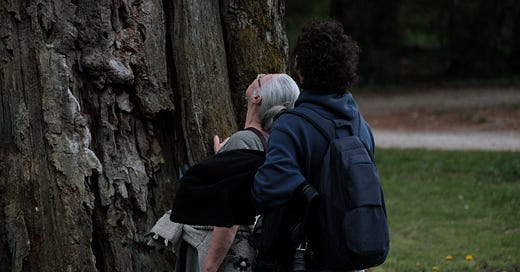




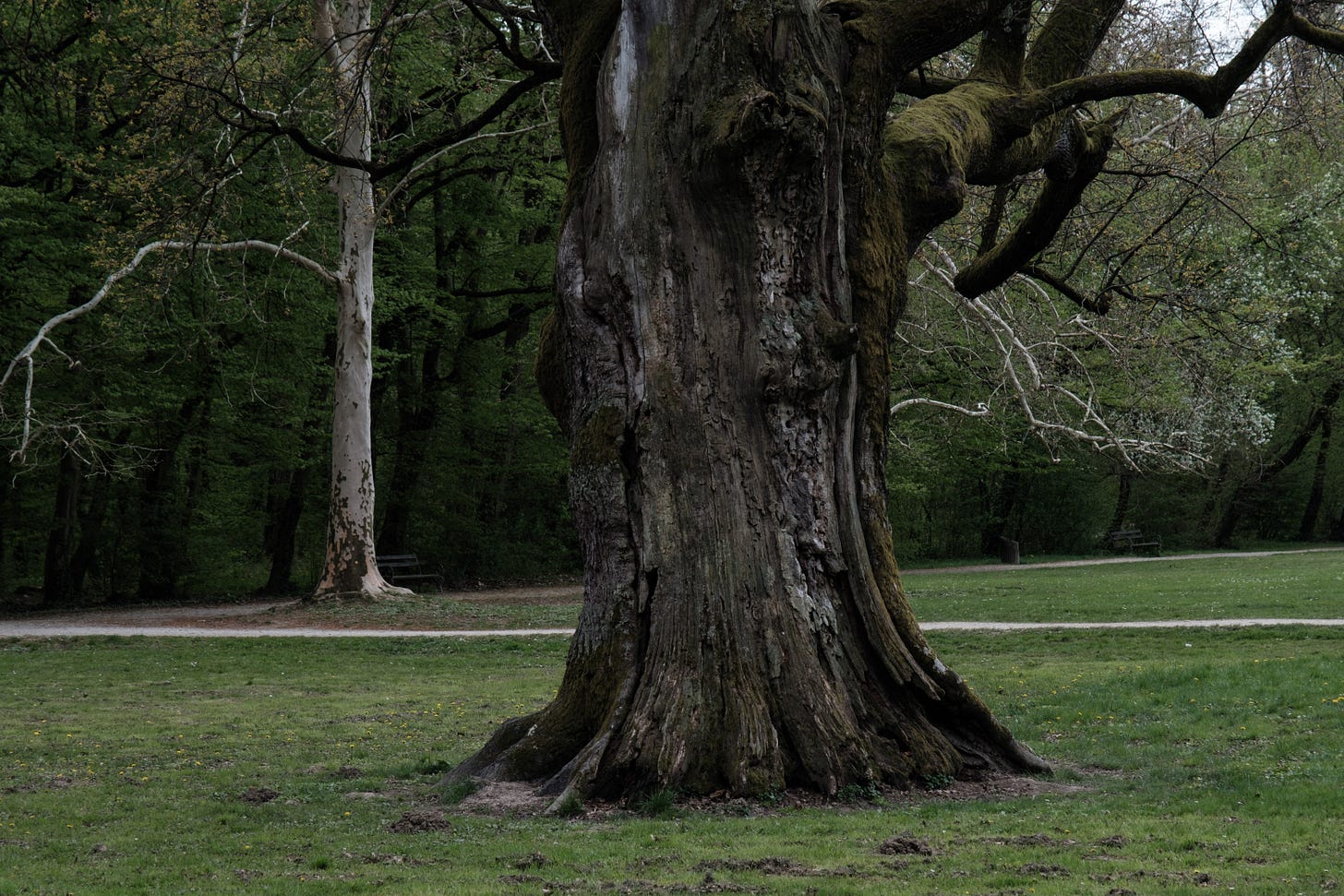
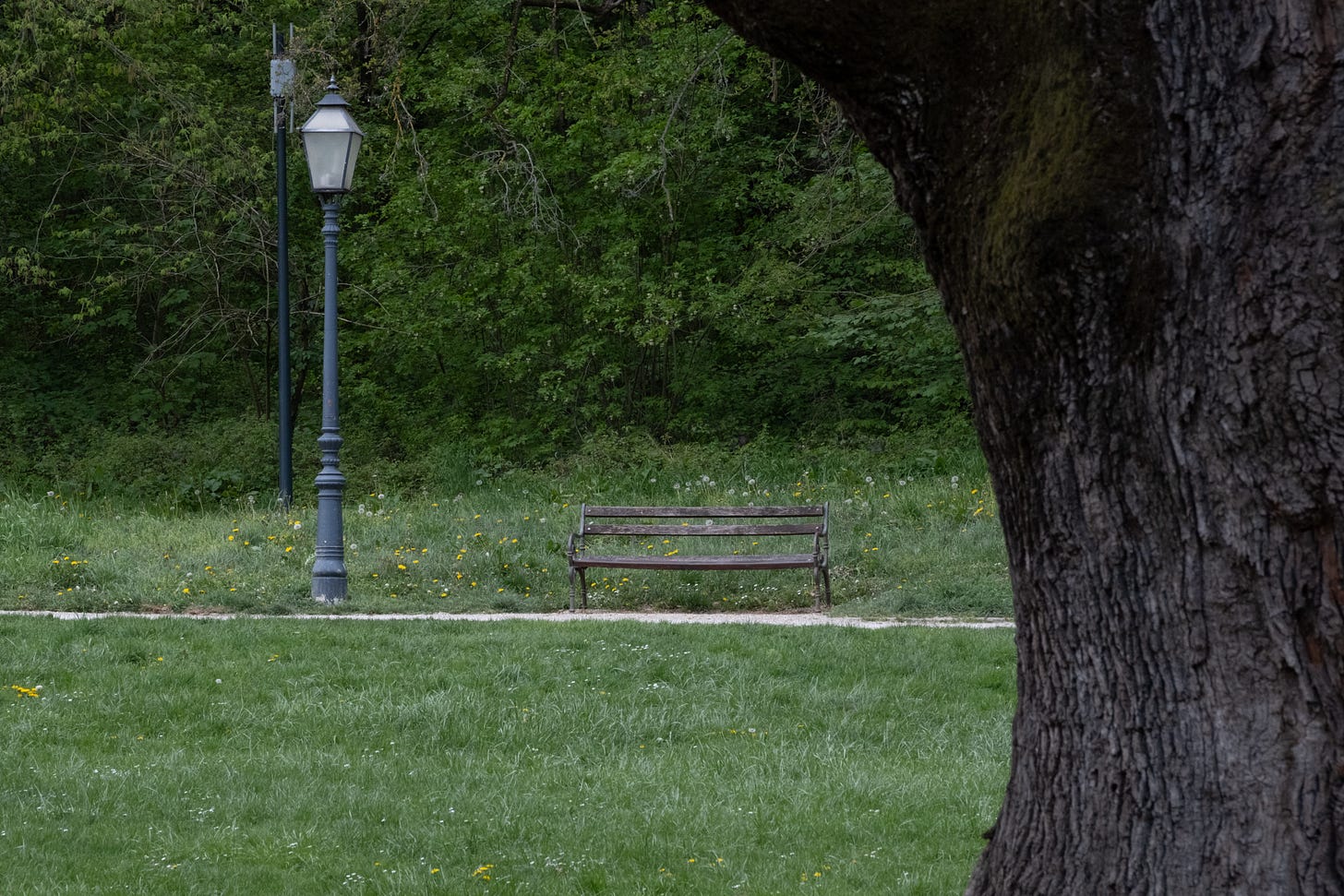
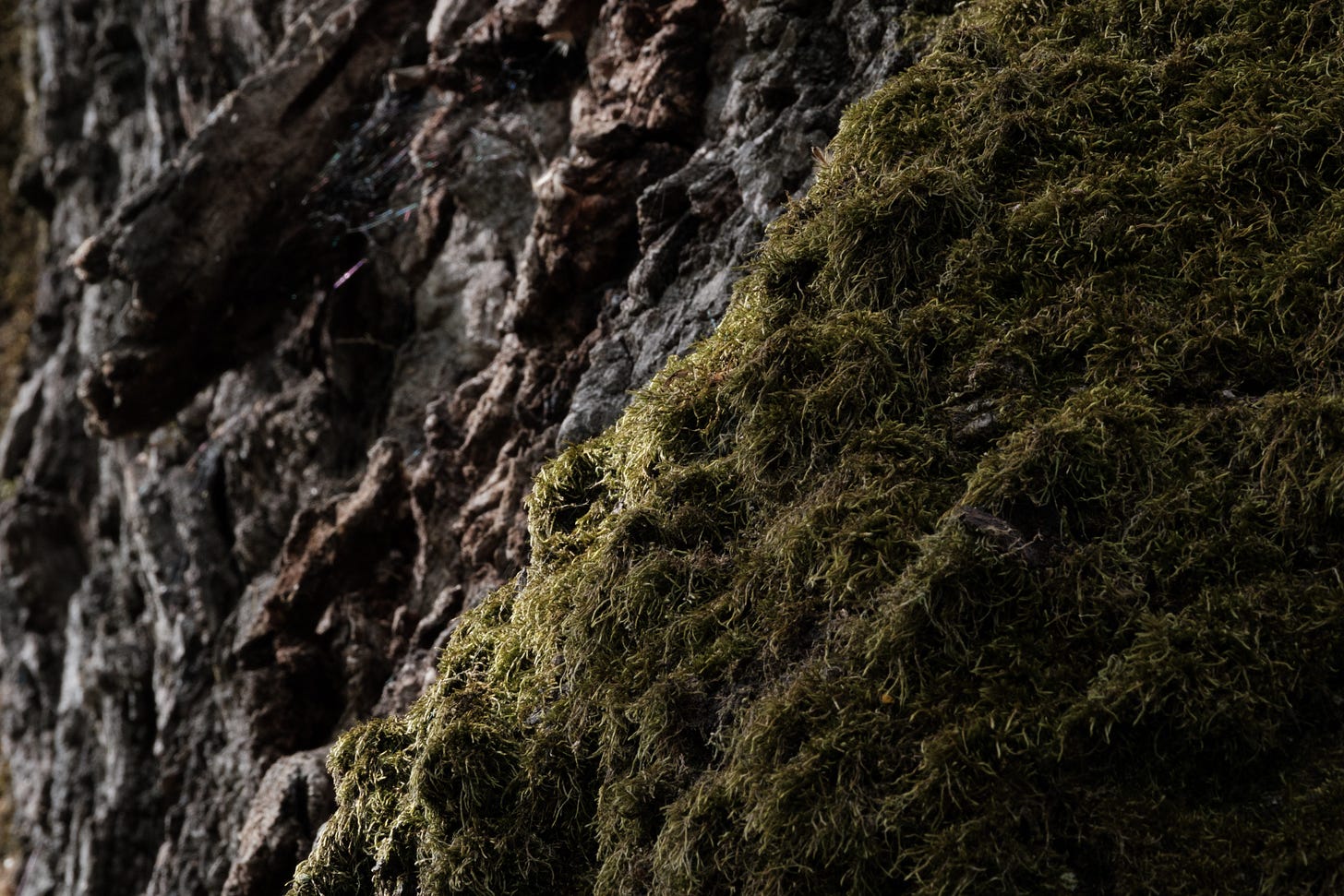

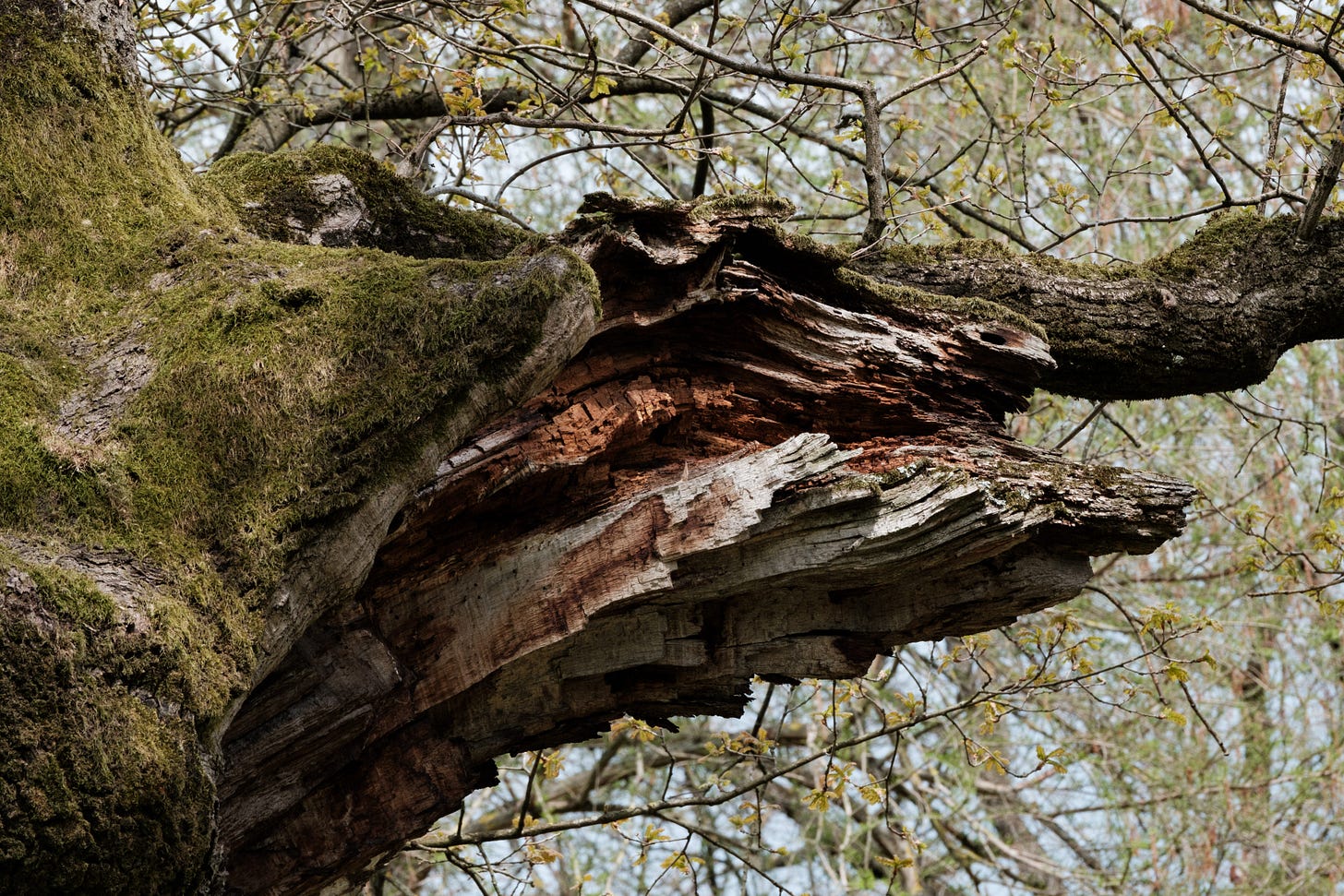
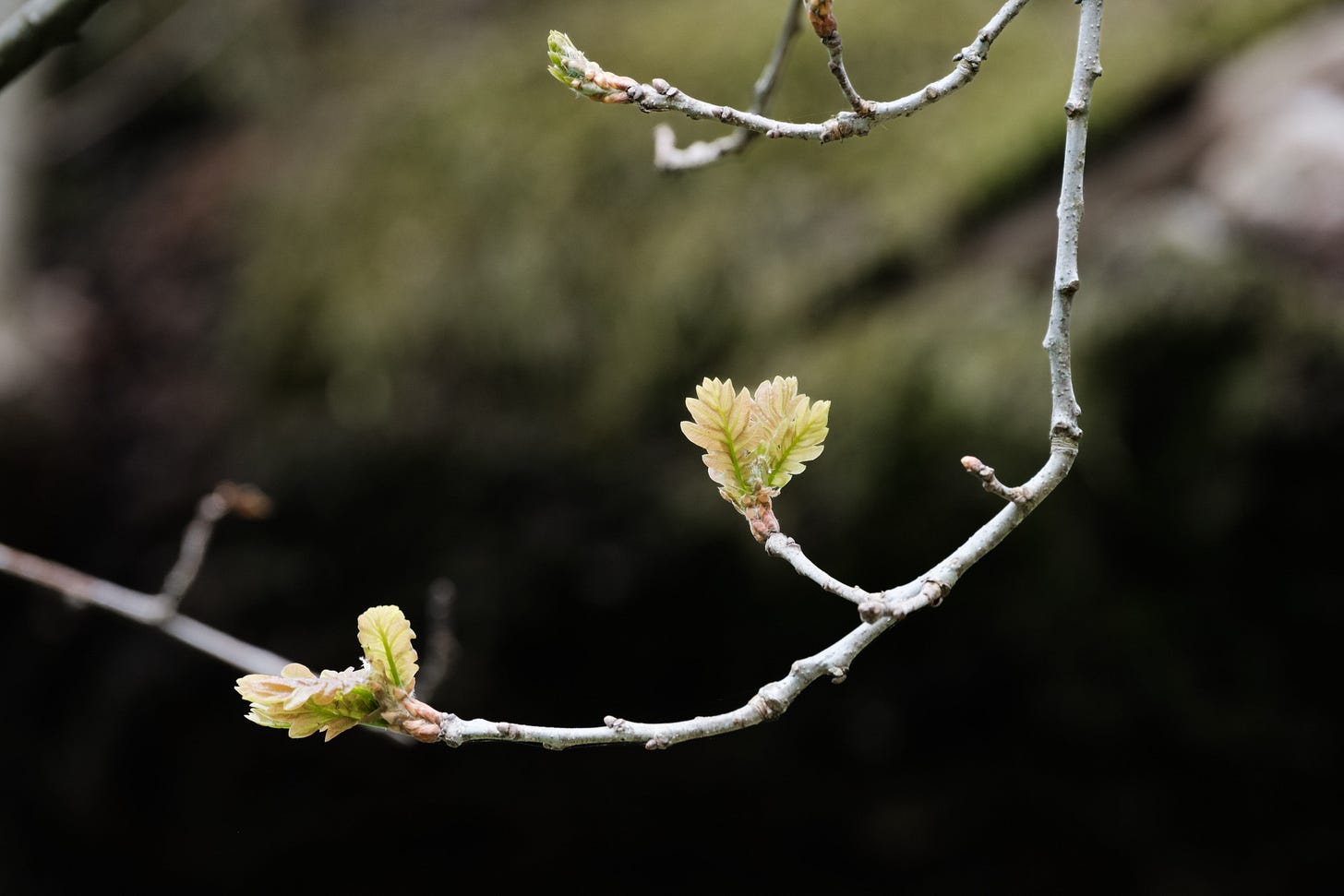
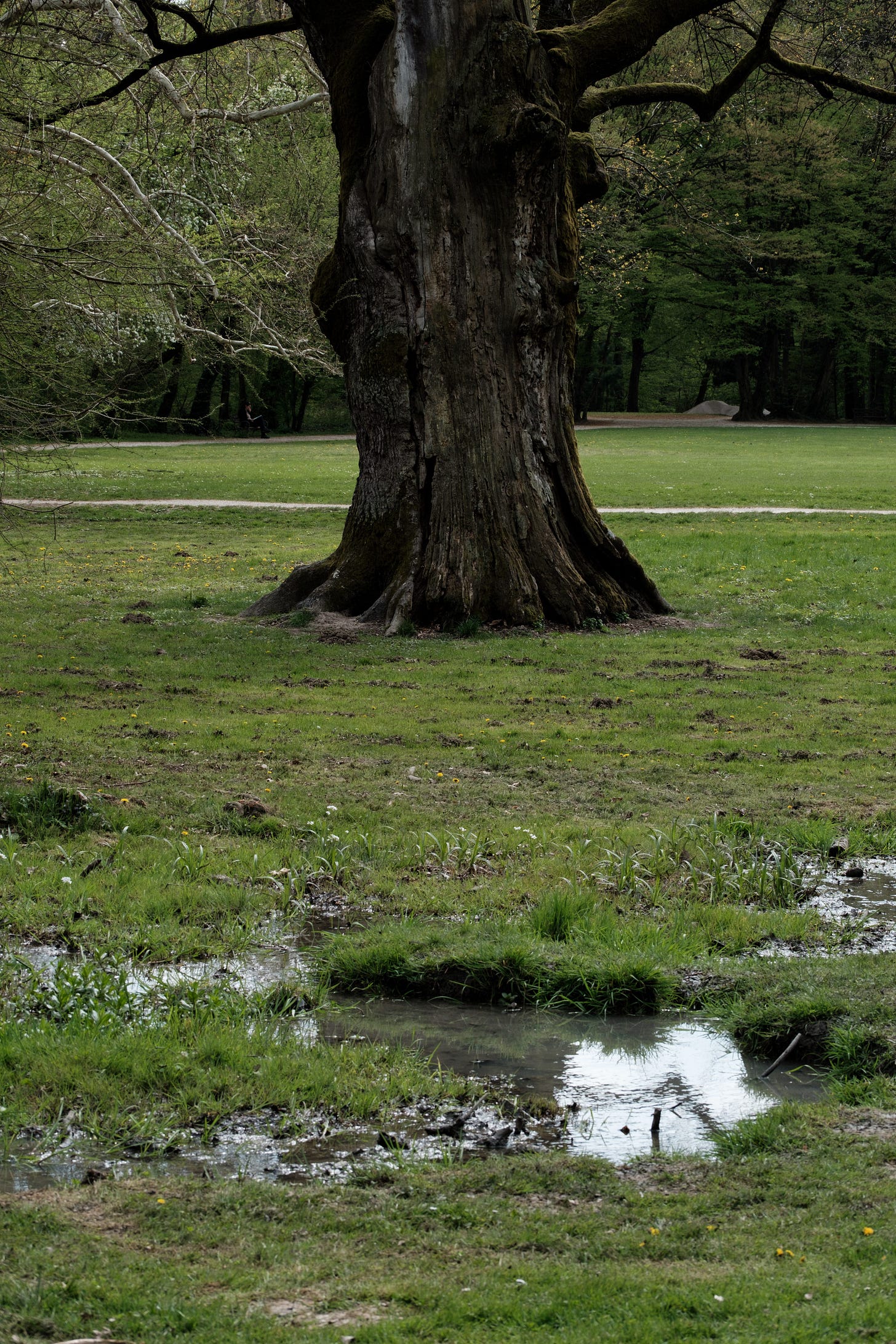
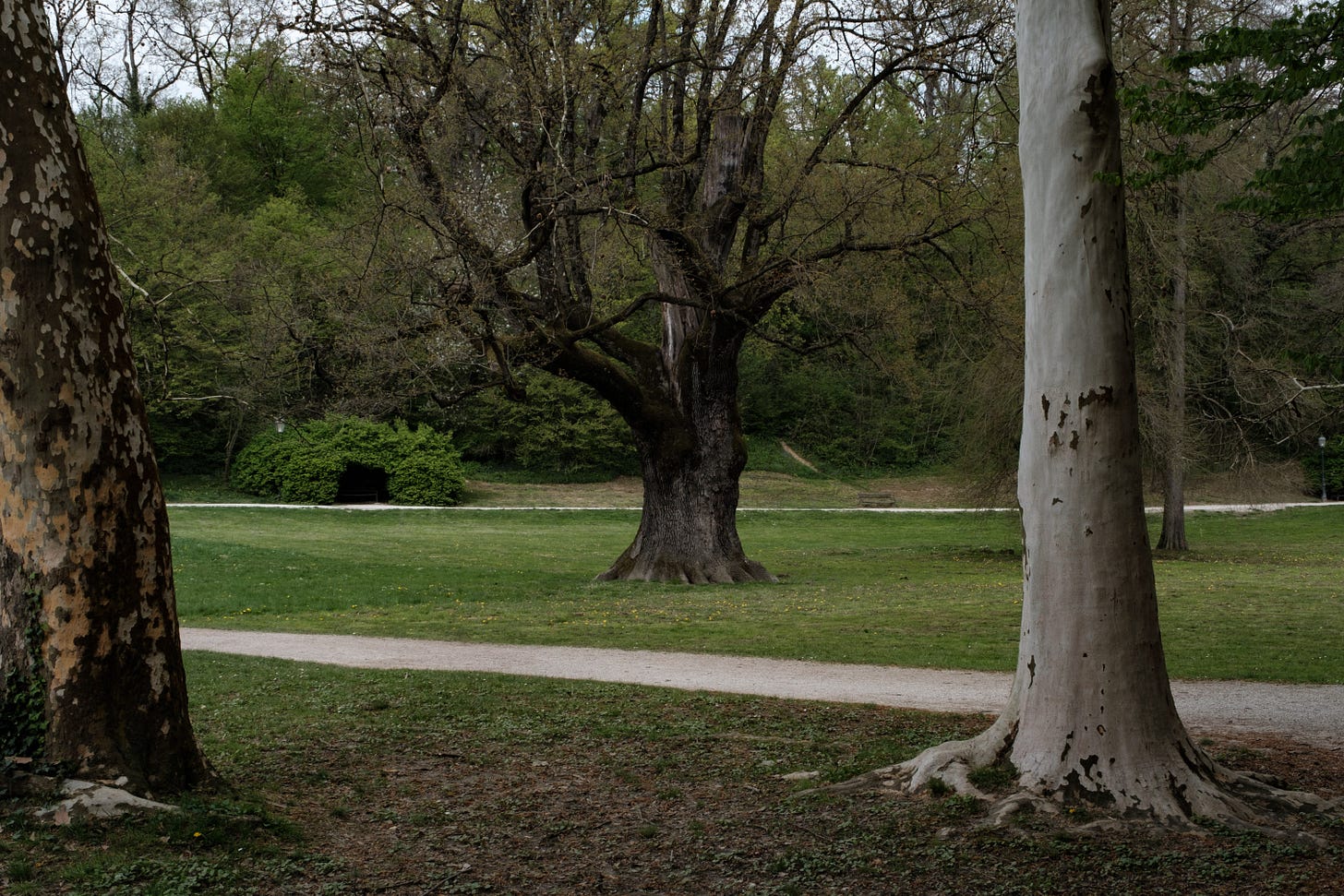

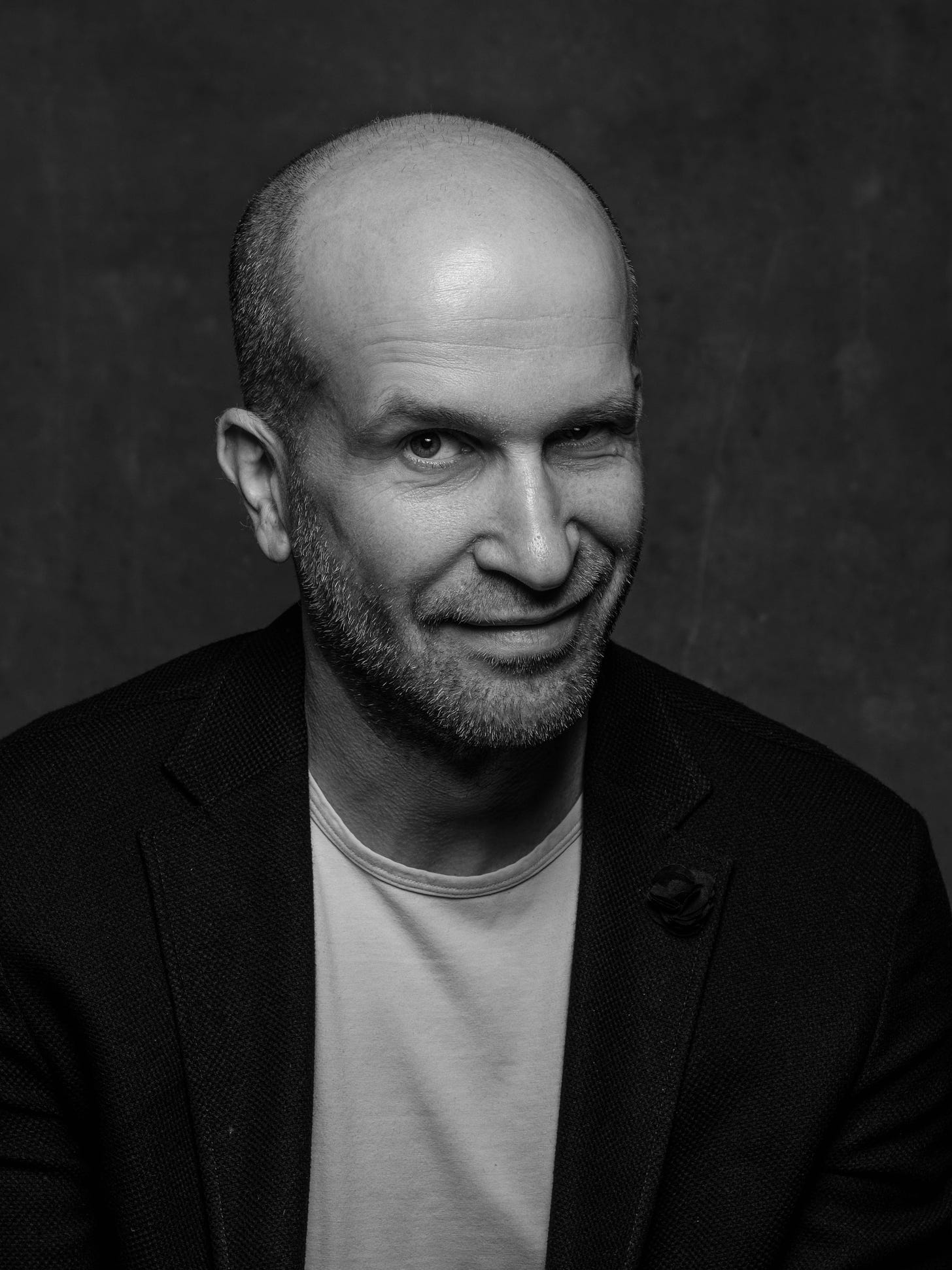
I love this one, Davor. Your perspective is always something I want to try to see. There's always one thing that stands in the way and that's willingness.
.. i shoot a fair bit .. the camera & i have a thing going on ..
are you ‘overthinking somewhat ? am also a ‘generalist vis a vis ‘media
I’ve a habit of not just shootin trees.. but speaking to them, collecting shed bark
leaves, seeds, cones.. mebbe you’d like to shoot our boulevard.. hoho !